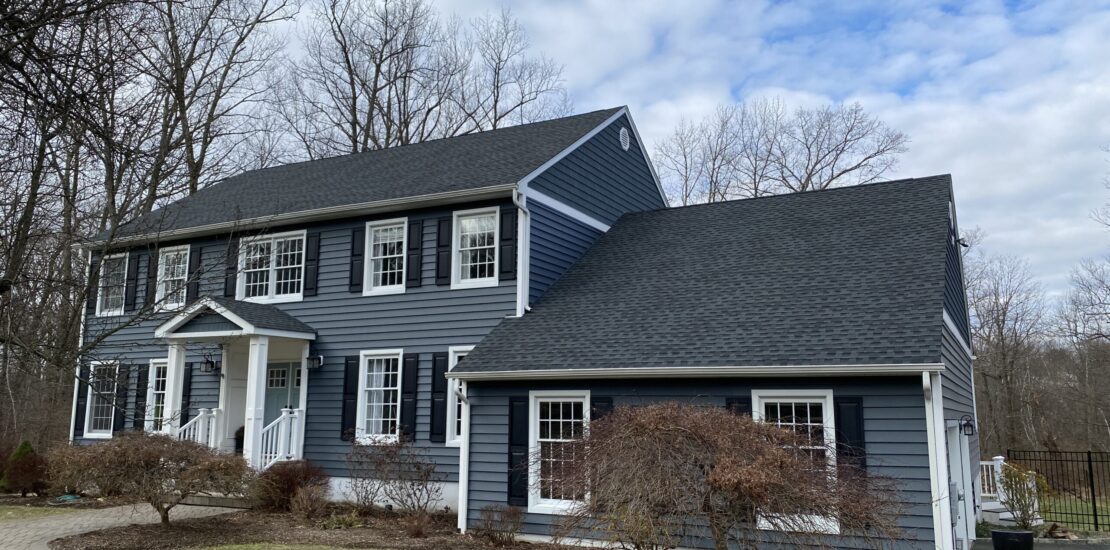
When is it Time to Replace Your Roof?
Your roof, like any other part of your house, has a lifespan and eventually requires replacement. Recognizing the signs indicating that it’s time for a new roof is essential for maintaining the integrity and safety of your home. If you’re uncertain about the condition of your roof, consulting with a qualified roofing professional like us can provide valuable guidance for your specific needs and circumstances.
Age of the Roof
A prominent factor in determining whether it’s time to replace your roof is its age. Most asphalt shingle roofs last between 20 to 25 years, while other materials like metal, tile, or slate can endure much longer. If your roof is approaching or has surpassed its expected lifespan, it’s important to consider and plan for a replacement, even if there are no visible signs of damage.
Visible Signs of Wear and Damage
Inspecting your roof regularly can help you identify visible signs of wear and damage. Look for missing, cracked, or curling shingles, as well as bald spots where granules have worn away. Other red flags include sagging areas, rotting wood, and moss or algae growth, which can indicate underlying moisture problems. If you notice any of these issues, it’s advisable to have your roof assessed by a professional to determine if replacement is necessary.
Persistent Leaks and Water Damage
Persistent leaks and water damage are clear indicators that your roof’s integrity has been compromised. Even minor leaks can lead to significant problems if left unchecked, including mold growth, rotting of structural components, and damage to interior finishes. If you’re experiencing frequent leaks or notice water stains on your ceiling or walls, it’s essential to address the issue promptly and consider replacing your roof to prevent further damage.
Energy Efficiency Concerns
A deteriorating roof can become less effective at insulating your home, which leads to increased energy consumption and higher utility bills. If you’ve noticed a significant rise in your heating or cooling costs or if your home feels drafty, it may be time to replace your roof with a more energy-efficient option that can help improve insulation and reduce energy usage.
Increasing Maintenance and Repair Costs
It may be ultimately more cost-effective to invest in a roof replacement. Repairs can address minor issues and provide temporary solutions, but the overall cost of frequent repairs can rapidly exceed the cost of a new roof. By opting for replacement, you can enjoy peace of mind without the hassle of persistent maintenance.
